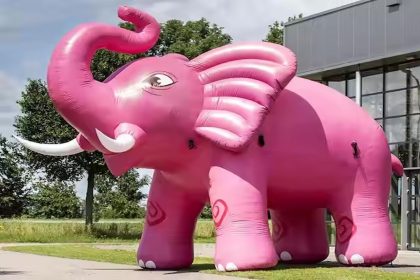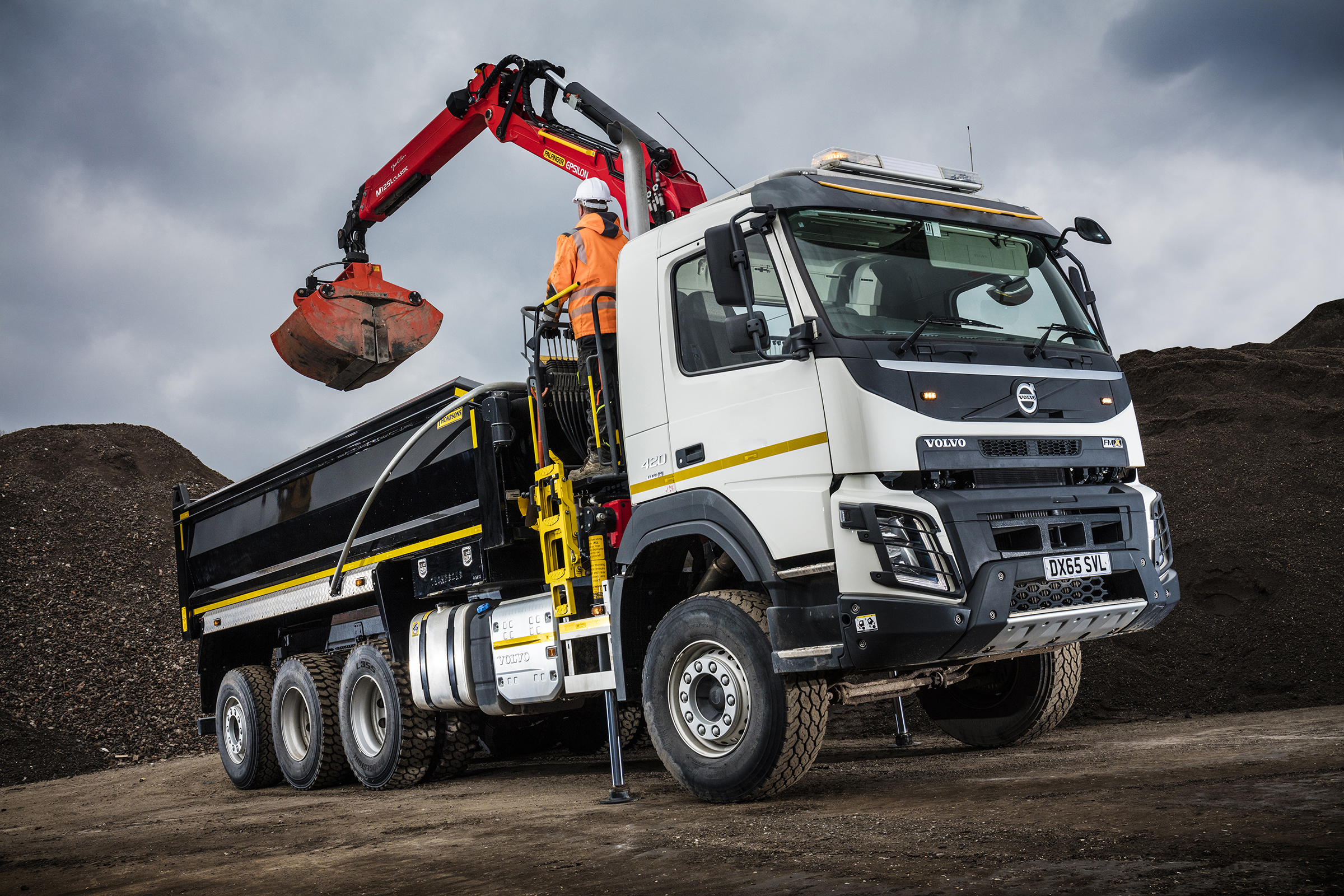The use of viral vectors to create experimental vaccines means the biological safety cabinet is of ever increasing importance to the pharmaceutical laboratory.
While many pathogens can be safely studied using a Biomat 2 class 2 safety cabinet, laminar air flow is not always enough. Some diseases – such as Ebola and Warburg, two deadly viral haemorrhagic viruses – a BCL-4 level of containment must be used. Both are fatal, and no vaccine has yet been found.
There is hope on the horizon, however, as a company in Baltimore, US, was recently awarded a contract by the Pentagon to develop experimental vaccines against the Marburg, Ebola Zaire and Ebola Sudan filoviruses. Two transfection systems will be used to manufacture antibodies, recombinant proteins, virus-like particles, vaccines and viral vectors, for use in preclinical trials.
The level of biosafety will undoubtedly be very high, but then it generally is when working with viral vectors. The pathogenicity of the original virus, the instability of the modified genome, and the risk of recombination with foreign viruses or DNA sequences makes biocontainment a serious issue, and a biological safety cabinet an absolute necessity.
Among the risks to be considered are:
Accidental production of a recombinant strain more pathogenic than the parental (original) virus Uncontrollable spread of a genetically engineered virus, irrespective of pathogenicity Contamination of medical vaccines by undetected viral vectors
There are many more risks than these to consider, but a class 2 laminar flow hood will help minimise them, provided it has been well manufactured and the user well trained.



